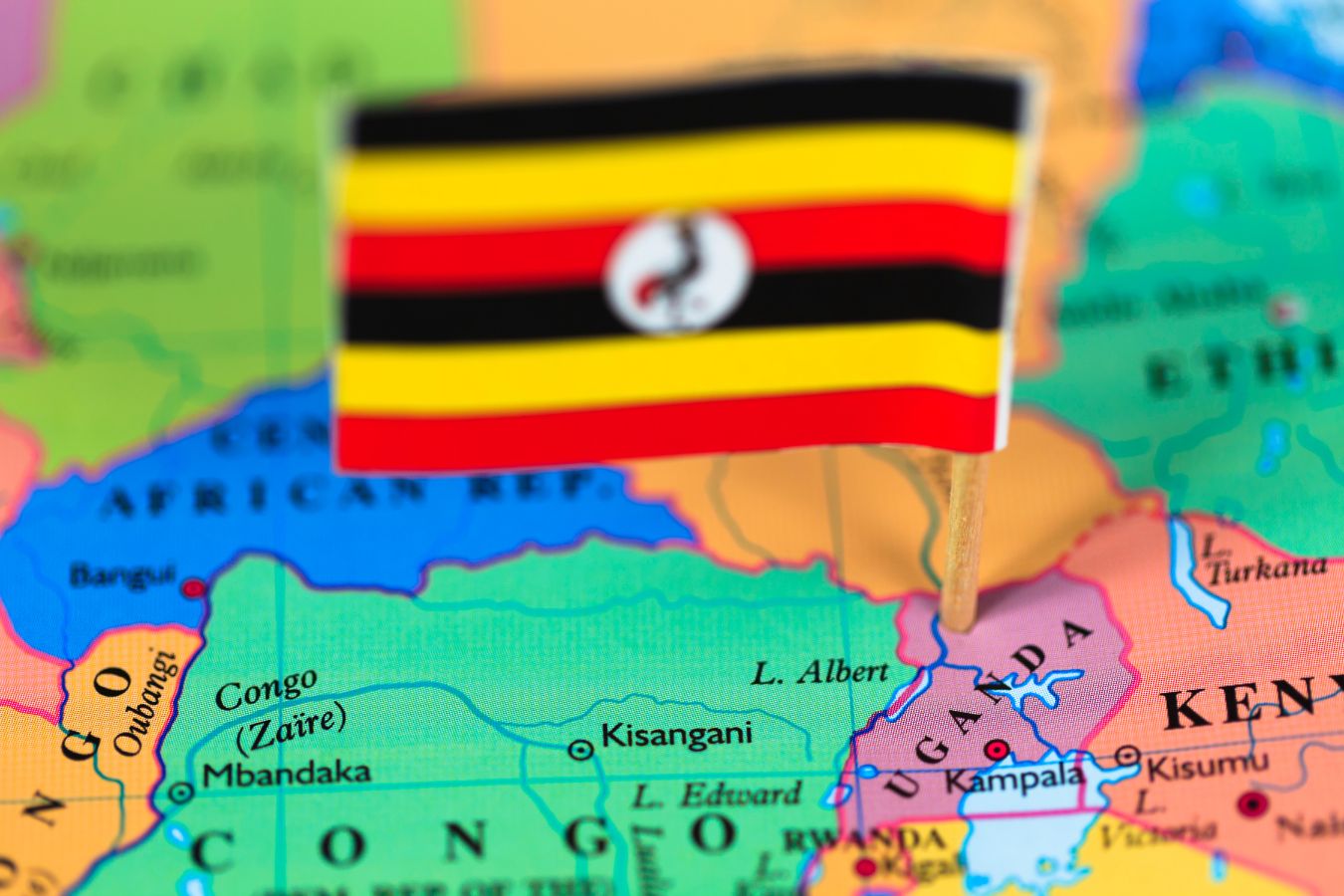
Uganda? With Robusta growing wild around Lake Victoria, Uganda is one of the few countries in the world with indigenous coffee. Coffee is a huge element of Uganda’s export economy, and the country is one of the world’s major coffee growers. Uganda, on the other hand, has failed to establish a reputation for excellence because the majority of its coffee is Robusta.

Coffee was not originally part of Uganda’s agricultural business, despite the fact that indigenous Robusta crops had been part of Ugandan culture for hundreds of years. Arabica was introduced in the early 1900s, most likely from Malawi and Ethiopia. This crop did not thrive and was plagued by disease. However, around the same time, Robusta farming grew in popularity, and the disease-resistant cultivar looked to thrive.
In 1925, coffee accounted for barely 1% of the country’s exports, but it was a valuable product that was well-suited to the growing number of smallholder growers. The Coffee Industry Board was created in 1929. Cooperative farming aided the industry’s development, and by the 1940s, coffee had become the country’s primary export. In 1969, the government established the Coffee Act, giving the Coffee Industry Board complete authority over price.
Coffee remained a strong sector throughout Idi Amin’s reign, bolstered for a time by a global price spike brought on by the 1975 Brazilian frost. It was still the most profitable cash crop in the 1980s, and production increased. However, a growing volume of coffee was being smuggled across borders into neighboring nations, where it was sold for a greater price than the government-mandated.
The Coffee Industry Board increased the rates it paid to growers in 1988, but by the end of the year, it was heavily in debt and needed government assistance. After the collapse of the International Coffee Agreement in 1989, prices plummeted, and the government depreciated the Ugandan shilling to make coffee exports more desirable internationally. Production fell by 20% in 1990, owing to a combination of low pricing, drought, and a shift away from coffee in favor of other subsistence crops.
The business became progressively liberalized in the early 1990s, with the government playing only a supporting role in marketing and development. We can trace a reasonably straight path from here to the modern coffee industry. The Ugandan Coffee Development Authority has continued to reduce standards, making Ugandan coffee more traceable and accessible. Producer collectives are progressively establishing their own identities and reputations.
Uganda’s primary coffee export is Robusta, and the country is developing a reputation for high-quality Robusta. Although Arabica’s output is still minimal, the quality is improving. Ugandan coffees are likely to play an increasingly important role in the specialty coffee sector in the future years.
GROWING REGIONS
Population: 41,490,000
Number of 60kg (132lb) bags in 2016: 4,900,000
Growing regions in Uganda are not always well or clearly de ned and agreed upon.
BUGISU
This area has the best reputation for quality, in particular the area around Mount Elgon close to the border with Kenya. Farms are on steep slopes here, and the lack of infrastructure can prove challenging. The area has the soil, altitude, and climate to produce excellent coffee.
| Altitude: | 1,500–2,300m (4,900–7,550ft) |
| Harvest: | October–March (maincrop), May–July ( y crop) |
| Varieties: | Kent, Typica, SL-14, SL-28 |
WEST NILE
More Arabica coffee grows in the northwest of the country, to the north of Lake Albert, up against the border with the Democratic Republic of Congo. Arabicas grow closer to the lake, with more Robusta further to the north.
Altitude: 1,450–1,800m (4,760–5,900ft)
Harvest: October–January (maincrop), April–June ( y crop)
Varieties: Kent, Typica, SL-14, SL-28, native Robusta
WESTERN UGANDA
The highest coffee production is in the Rwenzori mountains, bordering the Democratic Republic of Congo. It is common to see naturally processed coffees (the Drugars) produced in this region.
| Altitude: | 1,200–2,200m (3,900–7,200ft) |
| Harvest: | April–July (maincrop), October–January ( y crop) |
| Varieties: | Kent, Typica, SL-14, SL-28, native Robusta |
CENTRAL LOWLANDS
Robusta grows throughout much of the country, all the way down to the Lake Victoria Basin. Altitudes are much lower and crops are dependent on good rainfall. Tazza is a modern Catimor variety grown in lower regions and is disease resistant.
| Altitude: | 1,200–1,500m (3,900–4,900ft) |
| Harvest: | November–February (maincrop), May-August ( y crop) |
| Varieties: | native Robusta, some Tuzza |